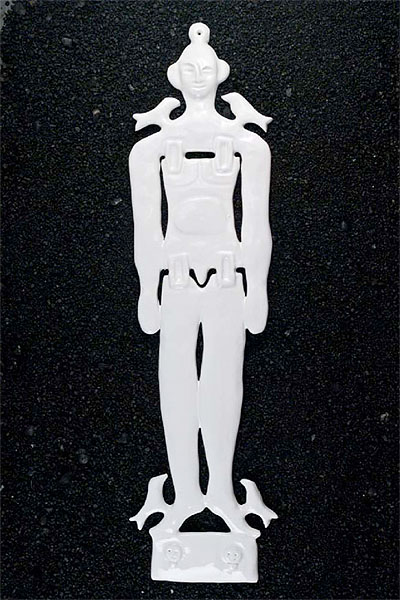
I don’t now if your grandmother ever had a garden, and in that garden she used to keep palms, bamboos and other tropical plants. Imagine yourself sitting in a corner of the porch after a good grandma-style lunch. The November sun behind the vegetation transforms the leaves into mysterious green neon lights and makes the bark of threes shine like silver. You may call it a Sunday afternoon enchantment, you may call it Refulgenzia. In that moment you can even expect a tiger jumping out from behind a terracotta pot – which of course, now looks like a column from some Bengalese temple. It’s the exact same feeling that Paolo Conte – the Italian musician – so well depicted in his song Azzurro: “Cerco un pò d’Africa in giardino, tra l’oleandro e il baobab” (“I’m looking for a bit of Africa in my garden, between the oleander and the baobab”). It’s about looking for the exotic in the familiar and the familiar in the exotic. In contemporary art not many artists are able to convey that. Oreste Zevola does it.
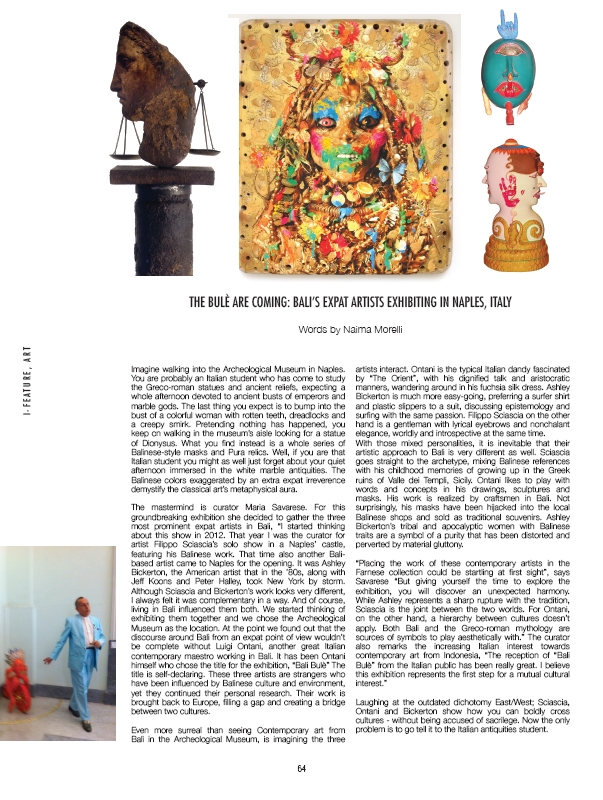
The Indonesian magazine I Magazine Bali has just published my review of the Bali Bulè exhibition at Museo Archeologico in Naples, featuring artists Bickerton, Ontani and Sciascia.
Here the link to the magazine website
Read More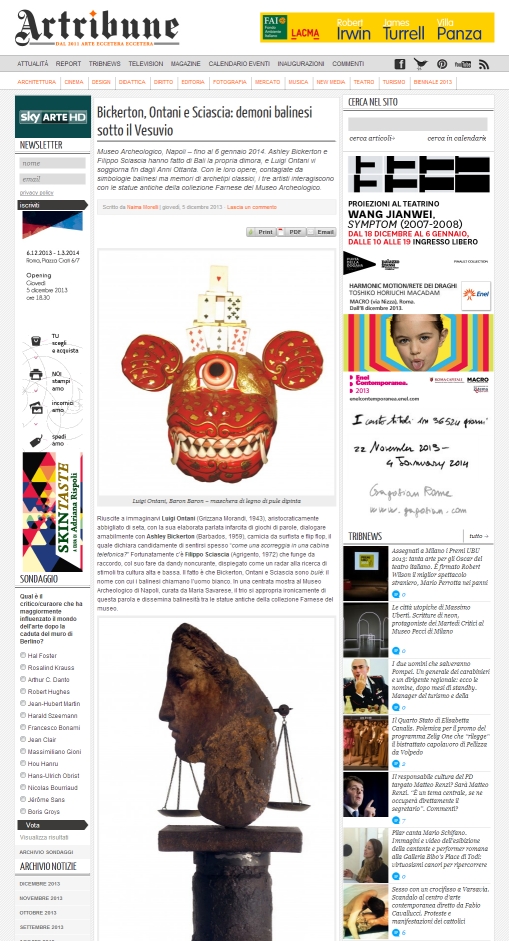
The Italian magazine Artribune has just published my review of the Bali Bulè exhibition at Museo Archeologico in Naples, featuring artists Bickerton, Ontani and Sciascia.
Read More
Productivity and Bohemia are concepts which are seldom associated.
You have to admit though that having grown up reading Sartre and Simone the Beauvoir – or at least having seen the pictures – you are not immune to the charms of café.
Every city has is own aesthetic when comes to cafés.
Not everyone is snob enough to live in Paris and go to the Café De Flore – whom has turned into an established place for loaded folks anyways.
What it is left to us is send to hell the Café De Flore, and create our own, well… café mythology.
If you live in Rome you certainly know the cafés Canova and Rosati in Piazza del Popolo.
During the sixties these two cafés gathered the so called “artists from Piazza del Popolo”, but now Canova and Rosati are the equivalent of the ultrachic cafés in Saint Germain, Paris.
Sure, it is always cool to pass by Piazza del Popolo and say hi to the Italian dandy artist Ontani– last time I checked he had a permanent permit to be parked at Canova – yet these cafés are too posh for us.
Same things with the cafés in Via Veneto, once Antonioni, Mastroianni and Fellini’s reign.
You have to consider as well that in Italy there is this tradition of kicking you out if you take too long to sip your coffee.
If you are in Rome and you are a writer looking for a place to read and write quietly, you will be likely accepted in some cosy and shabby-chic looking cafés in Via Giulia, Pigneto or San Lorenzo.
You can start to create your own café mythology from there.
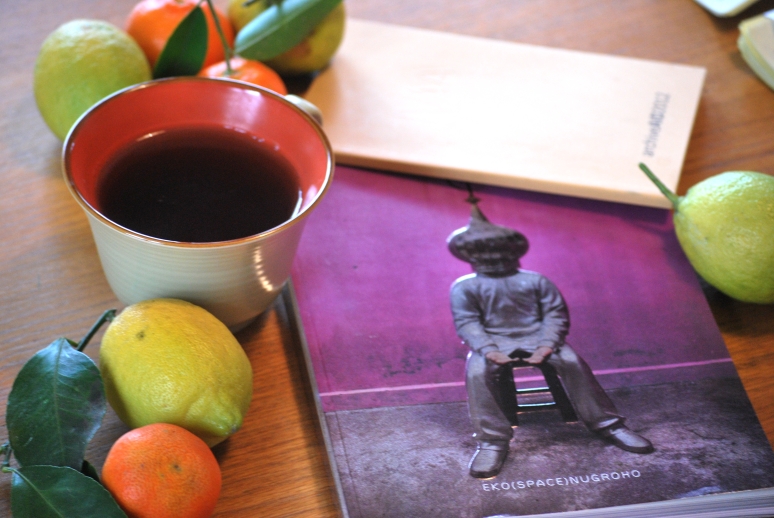
I always sought a day-routine, the only way to get things done, like my graphics novel and, currently, my book about Contemporary Art in Indonesia.
I was very much inspired by this articles on the amazing Brain Pickings website and, of course, I didn’t miss the opportunity of breaking the routine that I made for myself to read it and share, and write this post… Whatever!
I always was the kind of girl making daily schedule to force me doing my work during the day. It started when I was in the High School because I didn’t have a lot of time to draw, between school and homework.
I drew and thinking and building the stories during school time and I realized it after homework.
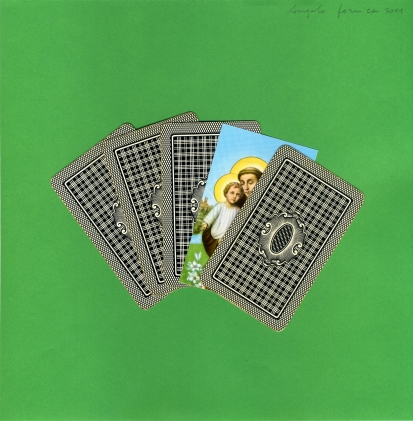
In the chaos of an art fair is usually quite difficult to find some art work that attracts you straightaway. So was at the Roma Road to Contemporary Art Fair at MACRO Testaccio.
Actually, there was an exception.
Coming from Sorrento, a picturesque town near Naples, I was quite influenced by all the traditions, all the sort of stuff coming from people. The “Popolo”.
I never stop questioning about it. What is the Popolo? Does the Popolo really exist nowadays? What are the features of the Popolo?
From Jorge Amado to Pasolini, I enjoy the subject, that eventually became the topic of my thesis at the Academy of Fine Arts.
There’s one thing that a particularly like about the Popolo. It is how they mix the religion and the sacred with everyday life and how they show it through the objects.
Angelo Formica, the exception in the art fair I was talking about, takes this concept to the extreme with his artworks.





